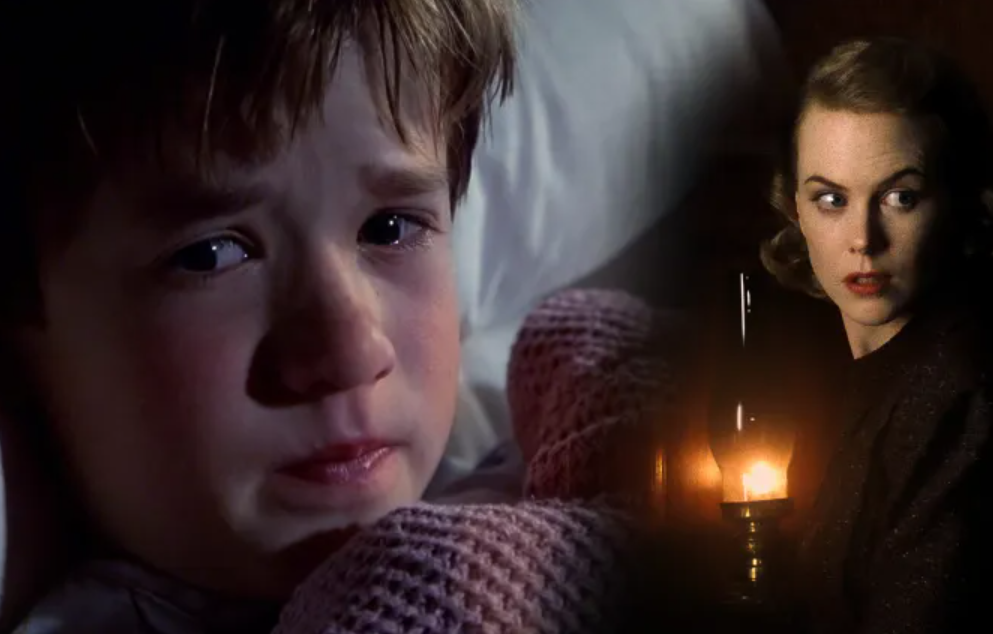How to Analyze Movies: A Beginner’s Guide to Film Criticism
Analyzing movies requires a systematic approach to understanding their core elements. Observers must evaluate storytelling components, including narrative structure and character arcs, while also considering cinematography techniques that shape the viewer’s experience. Additionally, the identification of underlying themes often reveals societal reflections. As one begins to dissect these layers, a more profound appreciation for film craftsmanship emerges, prompting inquiries that linger long after the credits roll. What insights await those willing to explore further?
Understanding Storytelling Elements
At the core of cinematic analysis lies the understanding of storytelling elements, which serve as the backbone of any film narrative.
A film’s narrative structure intricately weaves together its plot devices, guiding audiences through emotional arcs and thematic explorations.
Recognizing how these components interplay allows viewers to appreciate the craftsmanship behind storytelling, enhancing their experience and fostering a deeper connection with the film’s message.
See also: How Soundtracks Shape the Emotional Experience in Movies
Exploring Cinematography Techniques
Cinematography serves as a vital visual language that complements storytelling elements, enhancing the emotional resonance and thematic depth of a film.
Effective use of lighting techniques can create mood and atmosphere, while diverse camera angles shape audience perception and engagement.
Together, these elements not only convey narrative nuances but also invite viewers to explore the intricate layers of visual storytelling.
Analyzing Character Development
Character development is a fundamental component of storytelling that shapes viewers’ emotional connections to the narrative.
Analyzing character arcs reveals the transformation of individuals throughout the film, illustrating how experiences shape their actions and beliefs. A thorough motivation analysis uncovers the underlying desires driving characters, enhancing the audience’s understanding and empathy.
Together, these elements forge a deeper connection between viewers and the cinematic experience.
Assessing Themes and Messages
Themes and messages serve as the backbone of a film’s narrative, providing a framework through which audiences can interpret the story’s deeper meanings.
By examining symbolic representations, viewers can uncover the moral implications embedded within the narrative.
This analysis reveals how filmmakers convey complex ideas about society, identity, and morality, inviting a nuanced understanding of human experience and the choices that define it.
Conclusion
In conclusion, while aspiring film critics may cling to the illusion that dissecting storytelling elements, cinematography, character arcs, and themes will unlock cinematic genius, one must acknowledge the inherent absurdity of such endeavors. After all, who truly needs nuanced analysis when they can simply bask in the glow of explosions and romantic clichés? Thus, as we navigate the labyrinth of film criticism, let us remember: understanding art is a noble pursuit, even if it often leads us down the rabbit hole of pretentiousness.




